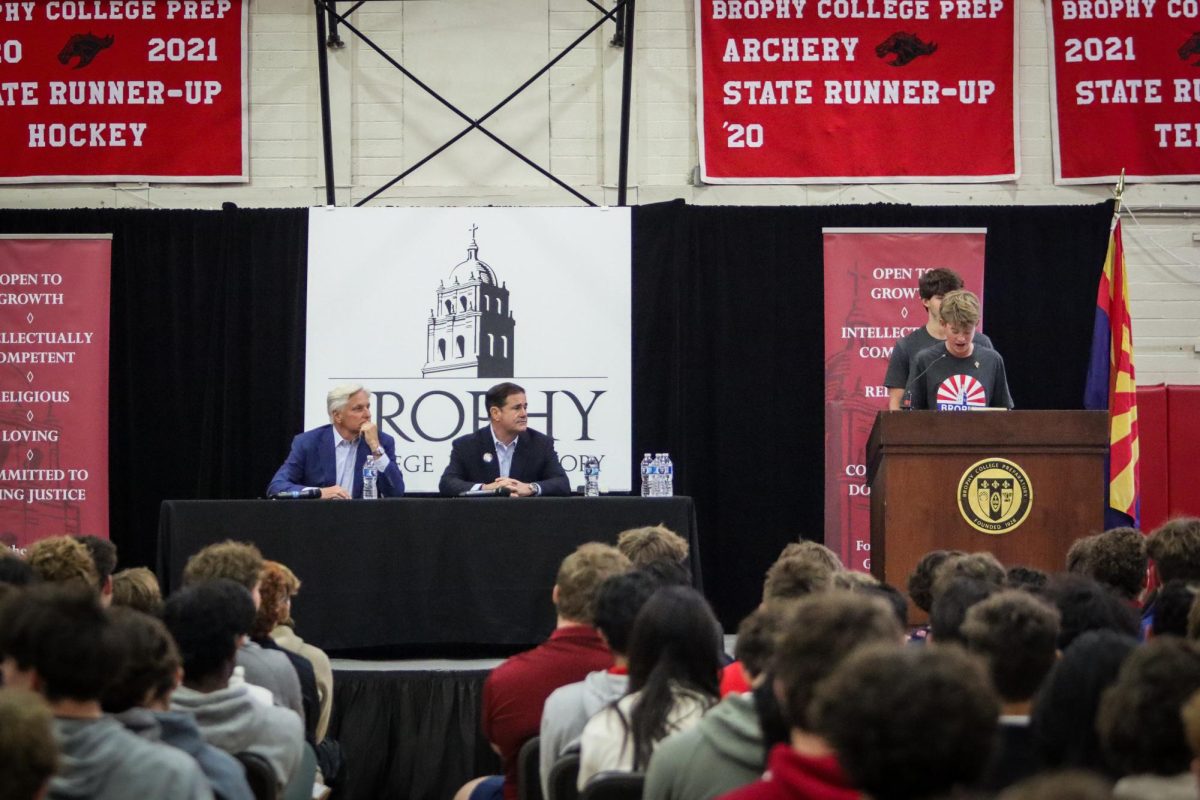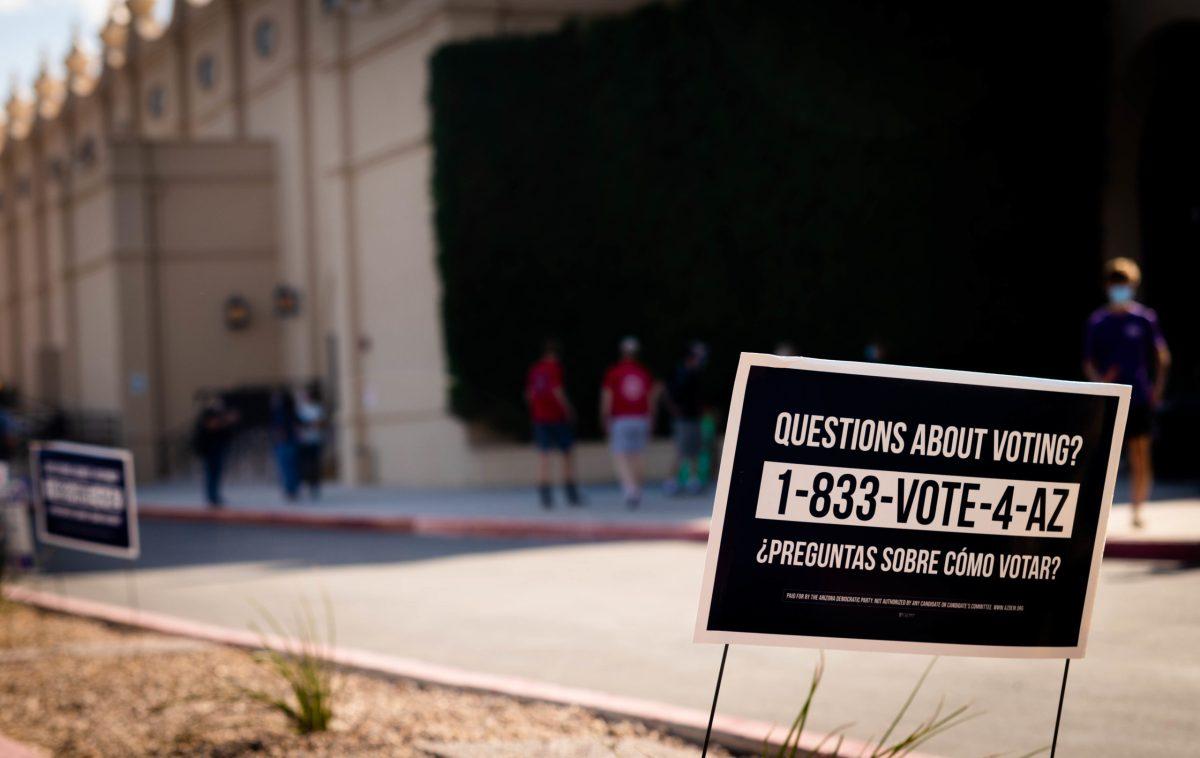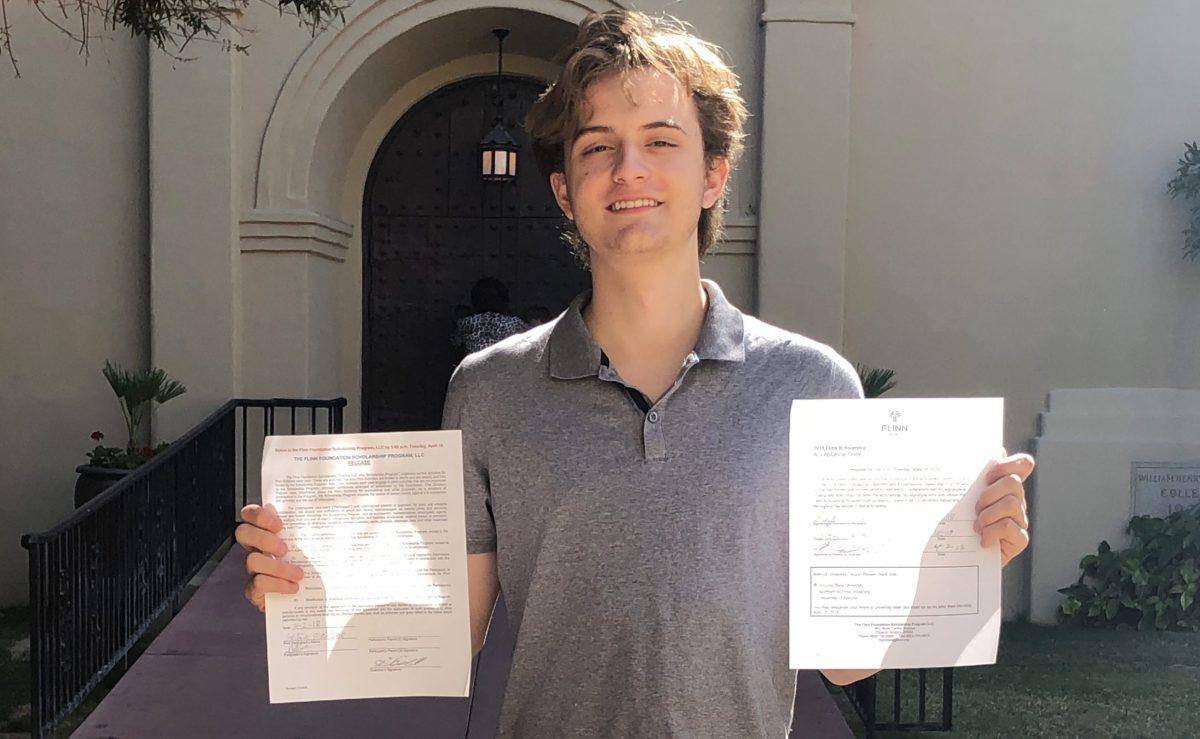Photo illustration by Cameron Bray ’16 — Teachers adopted the flipped classroom model several years ago. It allows students to ask teachers for additional homework help while they cover the course material on their own time
By Kaleb Lucero ’18
THE ROUNDUP
The flipped classroom has been around for a while, and throughout that time both teachers and students have developed their own methods and opinions on dealing with this educational concept.
Although the main purpose is to switch the roles of time spent in class and time spent at home (or “flipping the classroom”), many teachers have developed their own methods when using this model.
“Their homework is to look at my videos and look at some of the resources I provide to them… And during class time they have a lot of time freed up to look at problems and ask questions,” said Mr. Doug Cox, who teaches Honors Algebra II, Honors Calculus and Intro to Coding.
Mr. Cox said that he’s been teaching with the flipped classroom for about seven years, and has slowly modified his videos and lessons throughout that time.
Watching the video lectures at home “frees up a lot of time to work on problems and get help,” he said.
Because the lesson is learned at home, that it leaves more time in class to work out the harder concepts with a condensed lesson, while also being able to solidify that with practice problems, Mr. Cox said.
He also said there are a variety of online programs available to teachers, and they offered immediate feedback and unlimited practice to those willing to use them.
However, he does note that students have to actually take advantages of these options.
“Students have to be self starters, have to make sure they’re spending time at home looking at the resources I provide for them,” Mr. Cox said. “Staying on top of what is expected of you is crucial to success.”
Nicholas Chang ’18 said that he likes the concept, but sometimes it can be a lot of work.
“It’s good if it’s done well,” Chang said.
Jack Dimond ’18 said that he liked the flipped classroom.
“I feel like I learn more, it’s unique and different,” he said.
Ms. Elizabeth Clarke, who has been at Brophy for 14 years, just started using the flipped classroom model last year.
Originally, she was planning to incorporate the idea just a little, but she decided that it would be all or nothing.
She then started using Blendspaces, an online program that incorporates video lectures and documents into lessons, as the main source of lectures for her class.
As time goes on, Ms. Clarke said she plans to redo the videos to increase their quality and production value.
She said that she used the flipped classroom idea quite a lot last year, and that there are many advantages to doing this.
“The pros I think are enormous,” Ms. Clarke said. “More time for class discussion, I think the comprehension is better… If you miss a day of class, it’s fairly easy to make it up.”
The key to this style of teaching is access to the Internet, and since both laptops and iPads can do this, Ms. Clarke said she believes that the difference between these two devices is miniscule.
She also says that online resources are constantly improving, and that production tools will only get easier for teachers to use.
However, Ms. Clarke did point out some drawbacks, such as the reliance on technology, which is what the whole idea hinges on.
Brophy is “an ideal situation for doing the flipped classroom,” though, since all of the students are required to have an iPad.
Another problem is the creation of more homework for students.
“I do think we need to be careful in this era of the flipped classroom. If absolutely every teacher on campus has a flipped classroom, that’s going to create a lot more outside work for students,” Ms. Clarke said.
But she said that despite the drawbacks, the overall student reaction last year was positive.
“I don’t think I would ever go back,” she said.





















